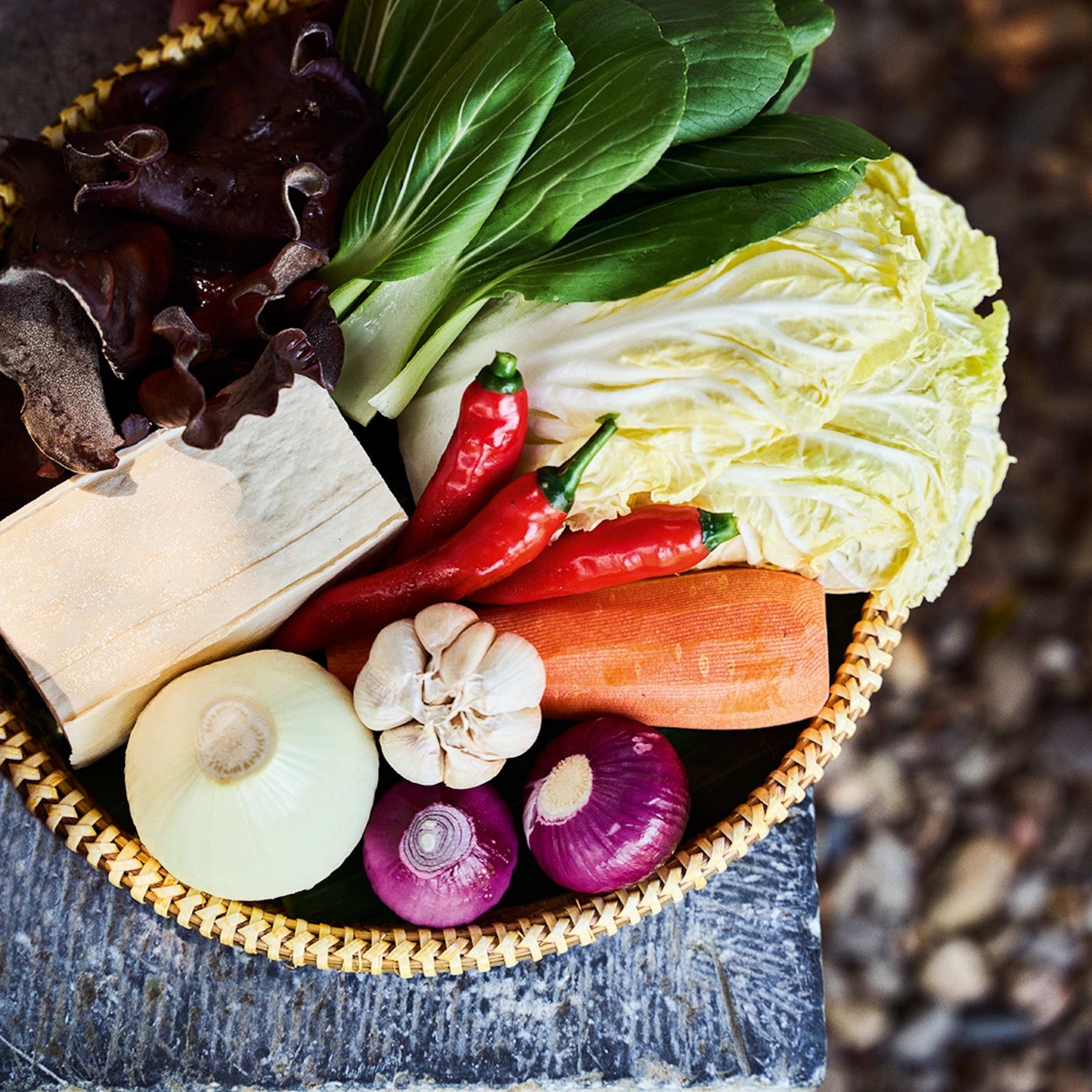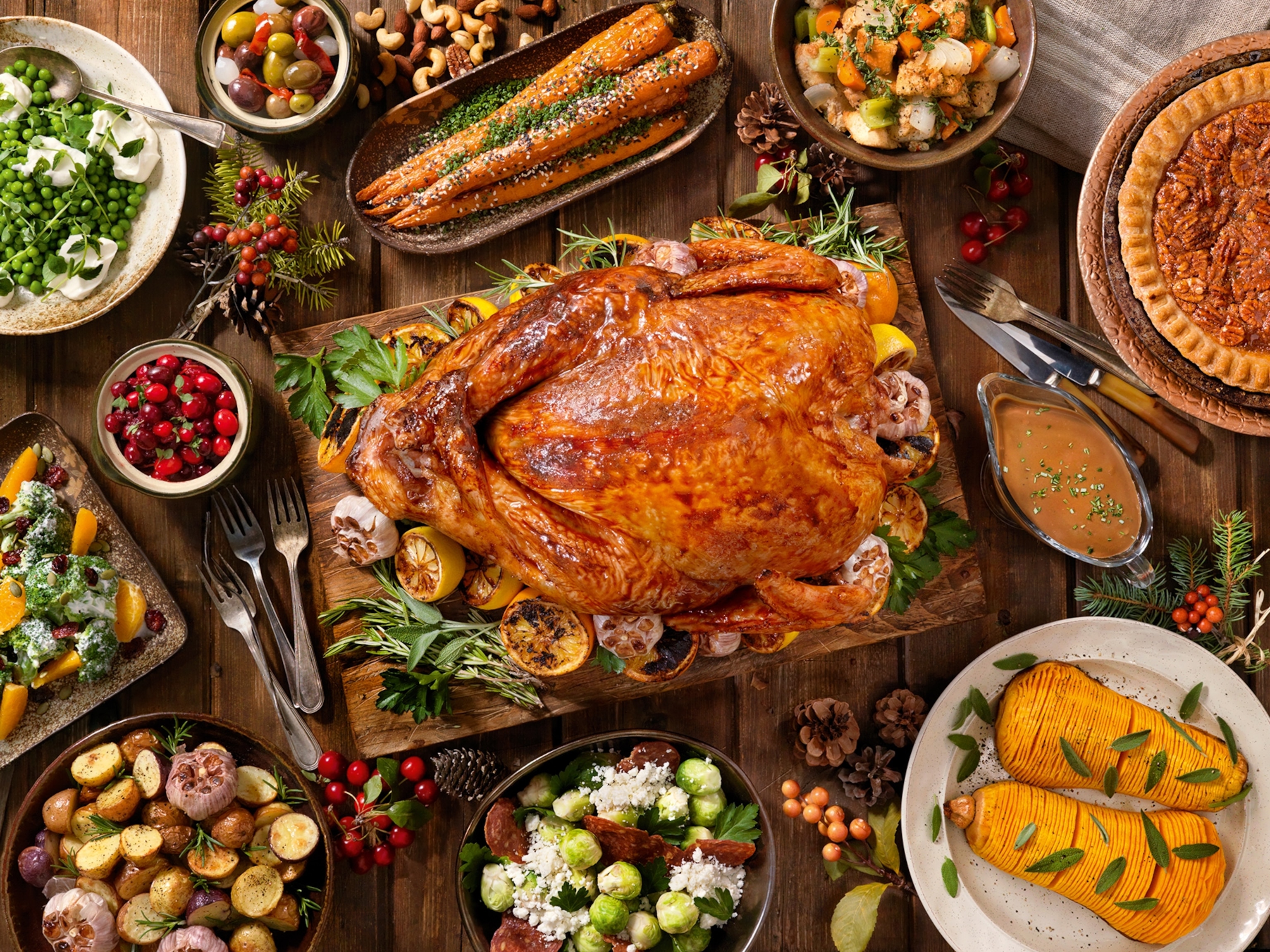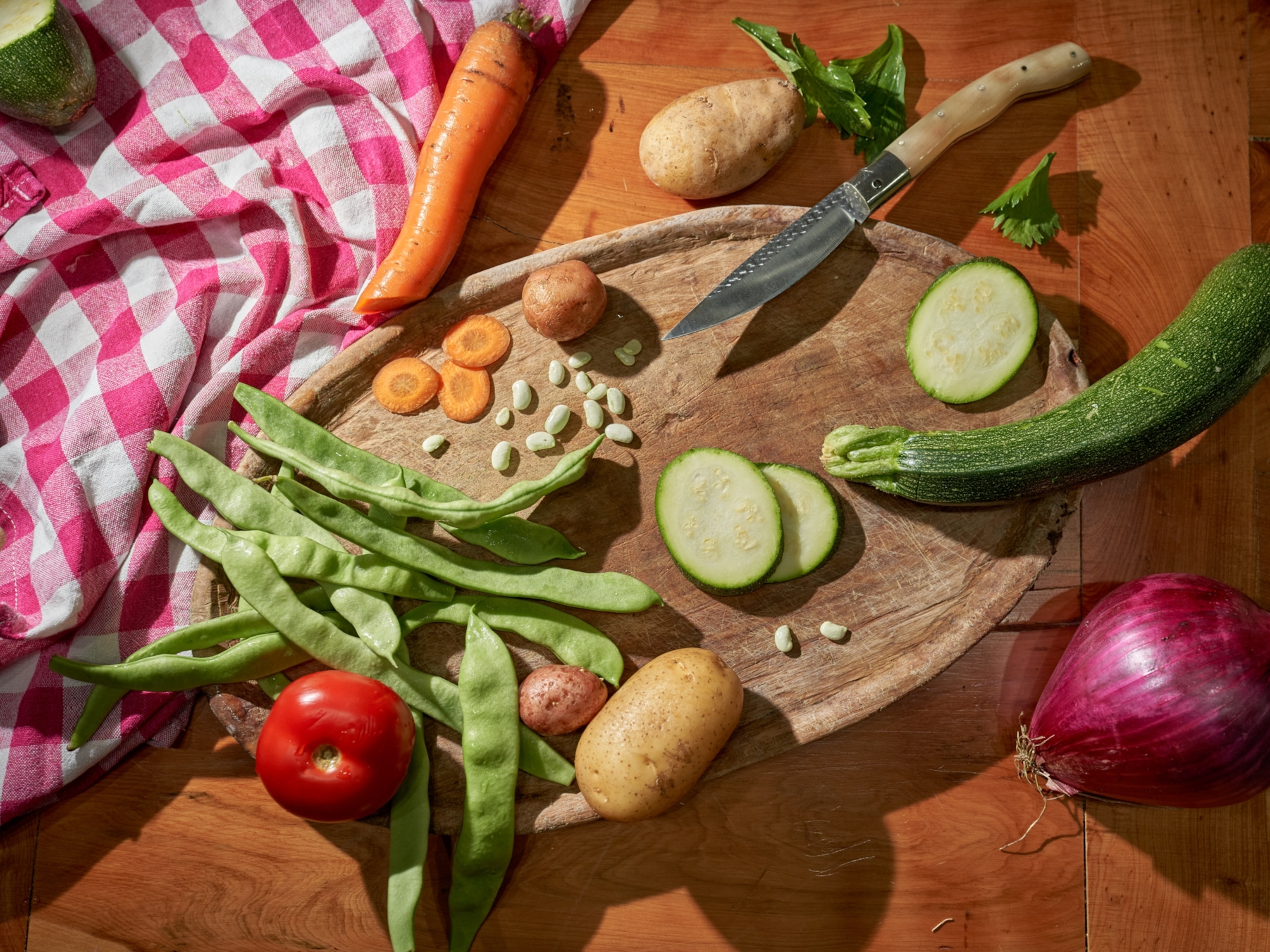
The vegetable that treated gunshot wounds
Onions have so much going for them, even gladiators were massaged with onion juice before entering the arena. Here's what else they're known for.
One of the most expensive meals ever eaten—barring Cleopatra’s show-stopping vinegar cocktail with dissolved pearl—was an onion.
At least, the eater thought it was an onion. He was a (nameless) sailor in the 1630s, on board a ship transporting a cargo of tulip bulbs at the height of the European tulip craze. Now nicknamed tulipomania, this was the dot-com bubble of the day, in which speculators drove the price of tulip bulbs, recently introduced from the seraglios of the Middle East, to unsustainably astronomical heights. (Predictably, the market crashed, leaving many tulip investors ruined.) The clueless sailor, who said only that he thought his meal remarkably blah-tasting for an onion, had chowed down on a bulb of Semper Augustus, then worth 5,500 florins—a fortune on the open market.
It’s an interesting story because, frankly, it’s hard to miss an onion. Onions—members of the odoriferous Allium genus that includes some 700 species, among them garlic, leeks, shallots, chives, rakkyo, and kurrats—are crammed with smelly, eye-stinging, volatile chemicals that are distinctly absent from tulip bulbs. Collectively, these pack such a powerful sensory punch that onions and relatives have an historical reputation for effectively fending off everything from devils, demons, and vampires to witches, serpents, tigers, the black plague, and the common cold.
Onions, traditionally, have also been known as fighting food. Onions were fed to Greek athletes in training for the brutally competitive Olympics, and gladiators were massaged with onion juice before entering the arena. The Roman legions, who had a passion for all things onion, distributed alliums across Europe. (One authority claims that it’s possible to follow the advance of the Roman Empire by plotting range maps for garlic.) For the legionnaires, alliums were not only tasty, but militarily helpful, believed to promote strength and courage in face of the enemy. In ancient times, gamecocks and warhorses were fed garlic to boost their fighting spirit; and in Aristophanes’s 5th-century BCE play The Knights, warriors stuff themselves with garlic in preparation for battle. Garlic, in Rome, was dedicated to Mars, the god of war.
Onions themselves are fine-tuned biological fighting machines. The compounds generated when an onion is bitten, nibbled, sliced, chopped, diced, or otherwise disrupted are the onion’s anti-pest defense mechanism, a phenomenal battery of repellants nasty enough to discourage most onion attackers from ever coming back again. When onion cells are damaged, the onion goes into red alert, releasing enzymes that act upon ordinarily benign sulfur-containing organic compounds to produce a barrage of malodorous, painful, and highly reactive molecules. It doesn’t pay to mess with an onion.
The Onion Equivalent of Tear Gas
Some allium-generated chemicals simply smell awful: onions and garlic, for example, contain some of the same sulfurous ingredients found in skunk spray. (American cowboys once called onions skunk eggs.) Others make us cry. An abused onion undergoes chemical reactions that lead to the production of syn-propanethial-S-oxide—known as a lachrymator, from the Latin lacrima meaning “tear.” Fast-acting and potent, syn-propanethial-S-oxide, is the onion equivalent of tear gas.
When syn-propanethial-S-oxide hits the cornea of the eye—which happens within seconds of chopping knife meeting onion—it activates nerve endings that, detecting an irritant, send a signal to the lachrymal glands to pump out tears to wash the invader away. And well it should; onion irritant is really irritating. Chemist and onion expert Eric Block compares its effect to a punch in the eye-socket. Combined with the water in tears, syn-propanethial-S-oxide breaks down to make sulfuric acid, which is something nobody wants in the eye. Solutions to the onion-slicing lachrymator problem—none of them totally foolproof—include goggles, fans, or dicing up your onion under cold running water.
Mean as onions are, they’ve got a lot going for them. Onion and garlic juices are both mild antibiotics. In the Civil War, onion juice was routinely used to treat gunshot wounds. General Grant, deprived of it, sent a testy memo to the War Department in Washington: “I will not move my troops without onions.” (They promptly sent him three cartloads.) Garlic was used as an antiseptic in both World Wars I and II.
Modern research shows that these weren’t bad picks in a medical pinch: garlic juice, for example, inhibits Streptococcus, Staphylococcus, and the causative agents of typhus and dysentery. Alliums, if not optimal, were certainly better than nothing.
Healing Properties of Onions
Today onions are considered more than food. They’re now touted as nutraceuticals—a portmanteau word cobbled together from “nutrient” and “pharmaceutical”—indicating that as well as adding flavor to spaghetti sauce and stew, they also have substantial medicinal and health-promoting qualities. Onions not only inhibit bacterial and fungal growth, but are laden with antioxidants, effective at protecting us from cancers and cardiovascular disease. Various chemicals in the versatile onion have been found to ameliorate everything from allergies and asthma to diabetes; and onions are lush sources of vitamins and minerals.
Foodwise, it’s hard to imagine living without onions. Onions are essential components of any number of global cuisines. Perhaps the best plug for the culinary versatility of the onion is the story of the 18th-century French caterer who-faced with hungry customers and nothing in the larder-served up a pair of leather gloves, shredded, and sautéed with onions, mustard, and vinegar. The recipients thought it delicious.
Nowadays we may soon even be able to have all the pleasures and perks of onions without the pain. Colin Leady and colleagues, of New Zealand’s Crop and Food Research, along with collaborators in Japan, have come up with a tear-free onion. It was created using a gene-silencing technology in which the gene for the enzyme that generates the onion lachrymator is shut down. The result is an onion with all the flavorful and nutritional bennies of a conventional onion, but without the tear-inducing syn-propanethial-S-oxide.
No more crying. Sounds good to me.
References:
- Block, Eric. Garlic and Other Alliums: The Lore and the Science. Royal Society of Chemistry, 2009.
- Rupp, Rebecca. How Carrots Won the Trojan War. Storey Publishing, 2011.
- From Compound Interest, a website devoted to “Explorations of Everyday Chemical Compounds,” see The Chemistry of an Onion.








